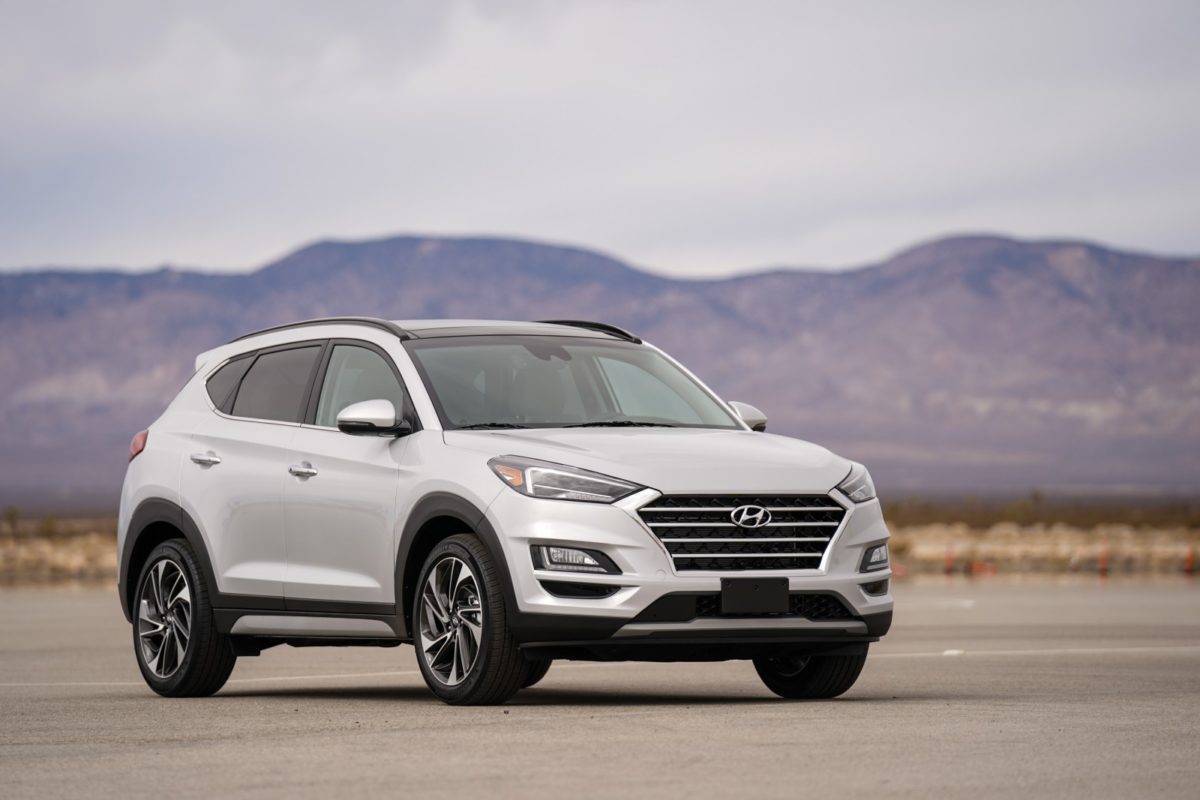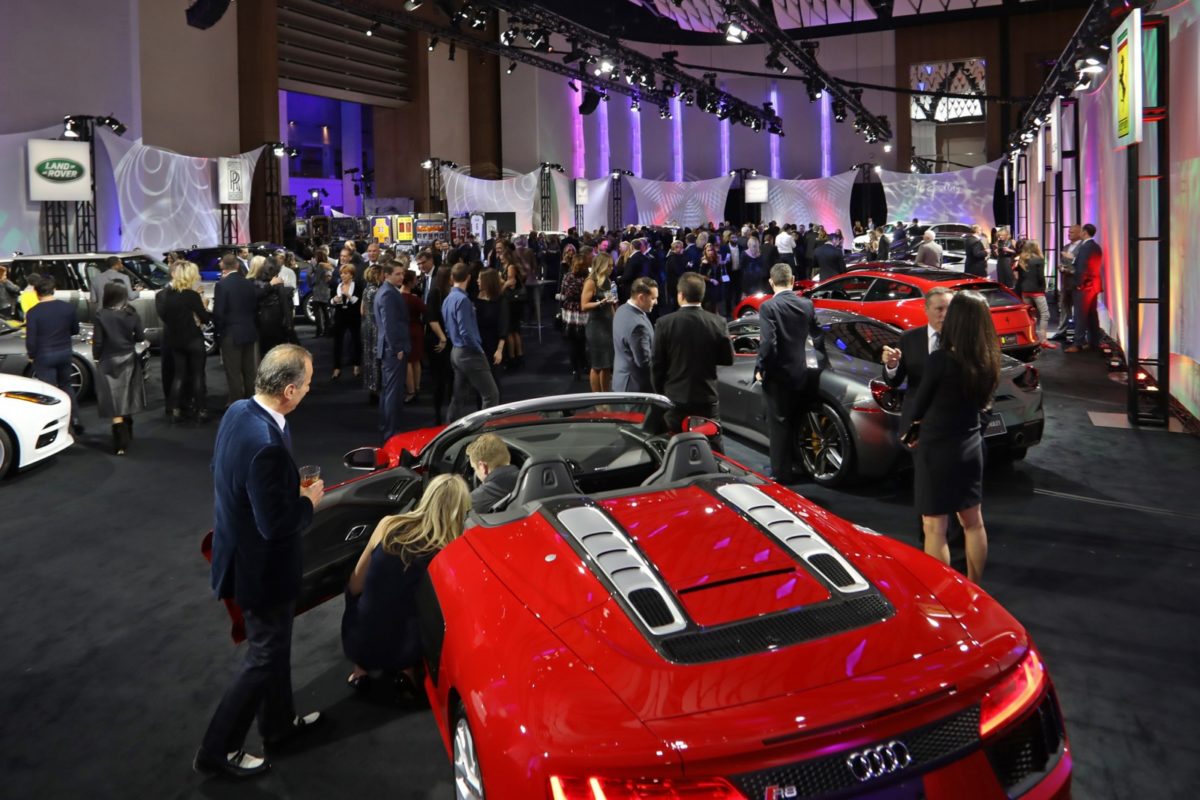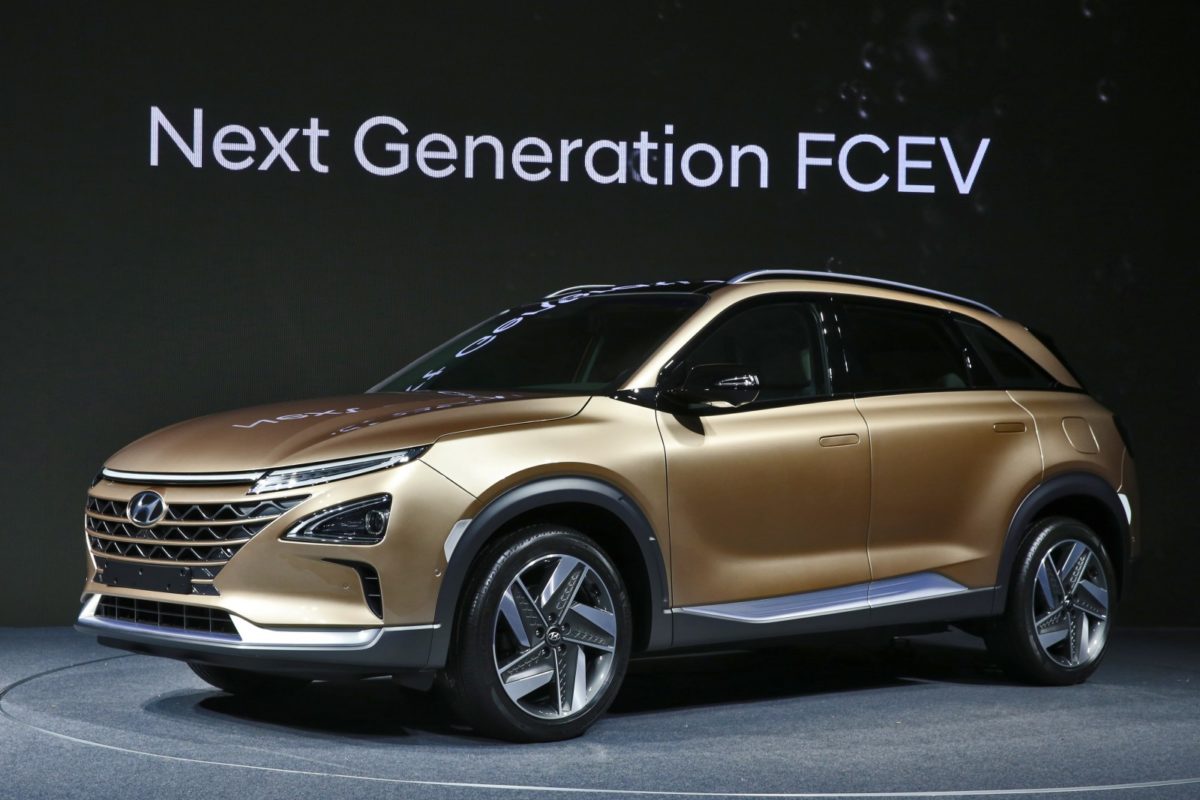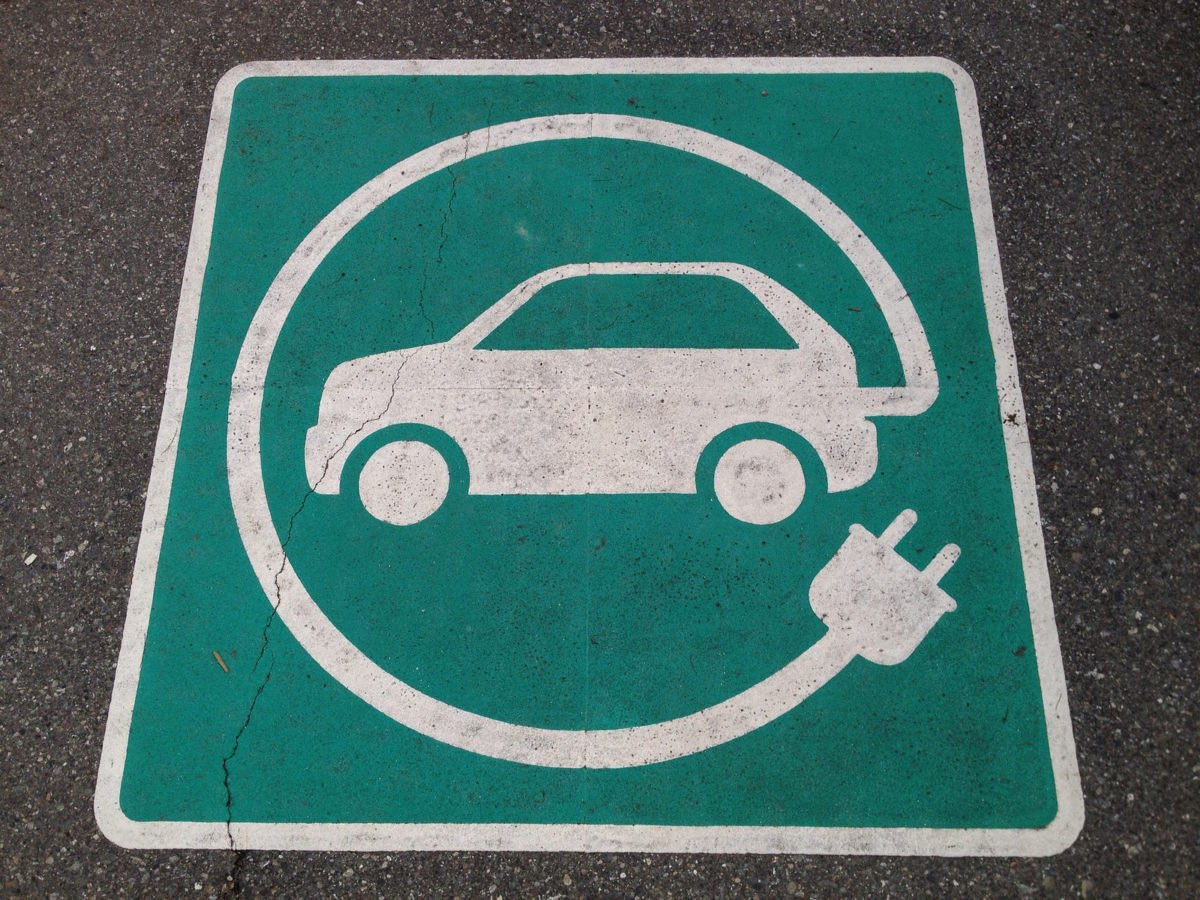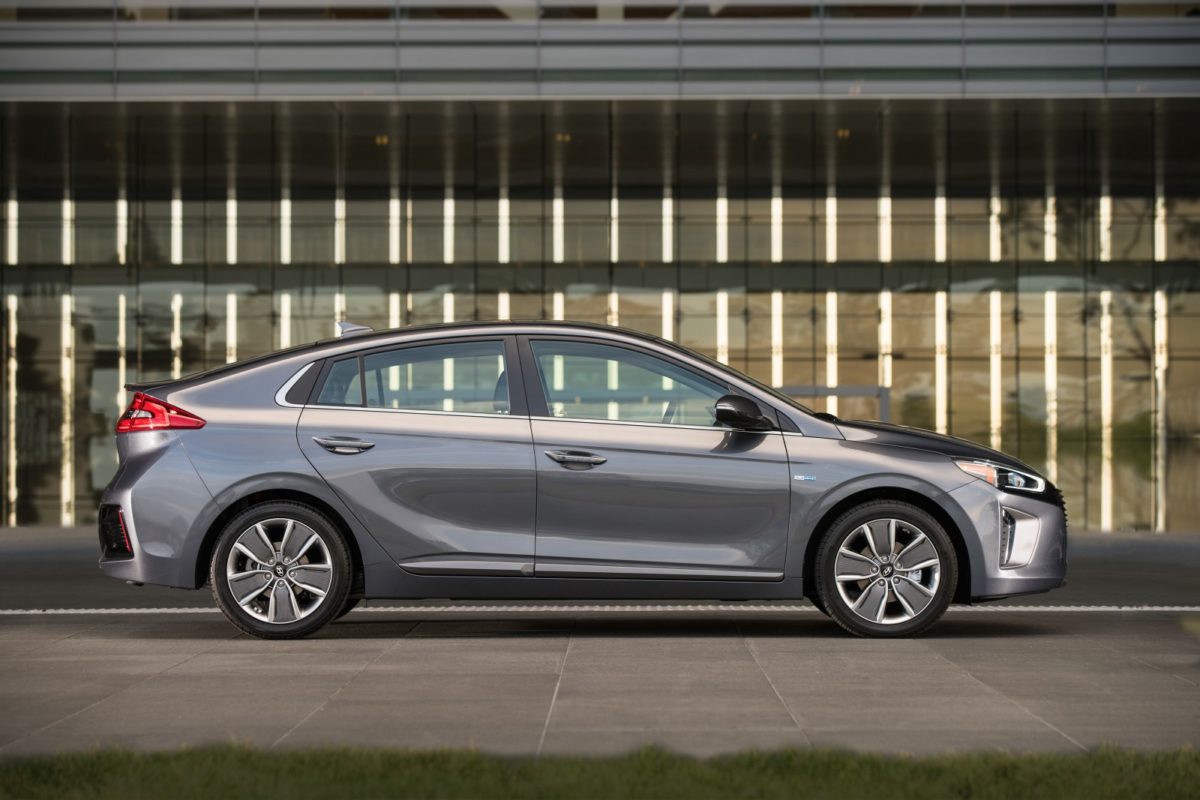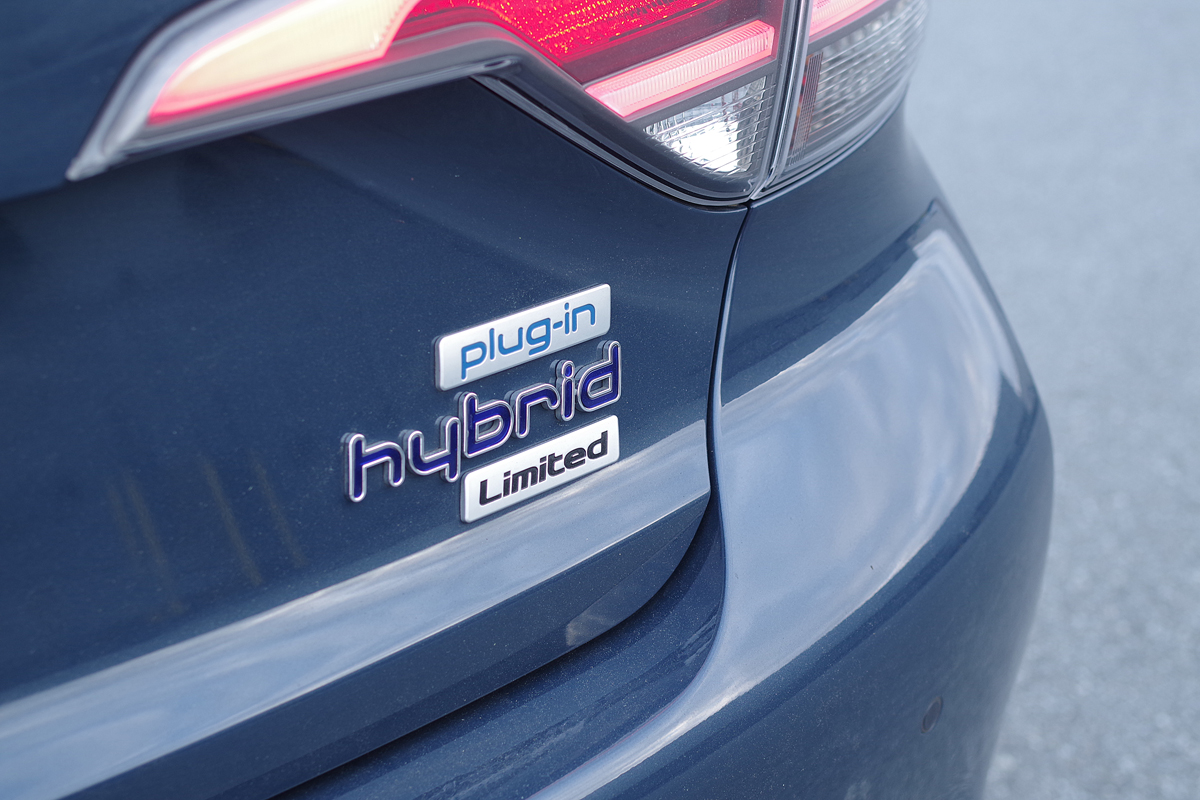Hyundai Tucson receives significant refresh for 2019 model year
As part of Hyundai’s mandate to introduce eight new or significantly updated CUVs by 2020, the Tucson is the fifth example to debut following the recently announced Kona range of subcompacts. The popular small crossover receives a fresh face and rear fascia, lighting and numerous cabin upgrades.
“From a design perspective, onlookers will recognize a generational harmony between Hyundai’s new 2019 Santa Fe and the refreshed Tucson,” said Steve Flamand, director of product and corporate strategy at Hyundai Auto Canada.
“The signature elements of the Hyundai cascading grille and modern-day surfacing found in the rear view create shadowy, dramatic impressions and represent the Hyundai DNA.”

The cascading grille in question embodies the brand’s current signature styling featuring a hexagonal shape, outlined in chrome and reaching deep down into the front bumper. The headlights’ edges have been softened, and the tail lamps at the back slimmed and stretched for a more aerodynamic appearance.
Inside the vehicle, the remodelled centre stack layout has a seven-inch central display that is now a freestanding style, moved above the HVAC vents. Tech-saavy rear passengers should be happy to find the addition of USB inputs and wireless charging capability to the second row. Apple CarPlay and Android Auto smartphone interfacing capability is standard.
The small SUV can be ordered housing one of two engine flavours: a 2.0-litre four cylinder producing 164 horsepower and 151 lb-ft of torque, or a 2.4-litre four-cylinder with 181 horsepower and 175 lb-ft of torque. Both motors are mated to a six-speed automatic transmission offering a SHIFTRONIC manual-shifting mode.

Consumers may also bundle in a long list of available safety technologies such as forward collision mitigation, automatic high beams, rain-sensing wipers, radar cruise control and more. Look for the 2019 Hyundai Tucson to arrive in stores soon.


